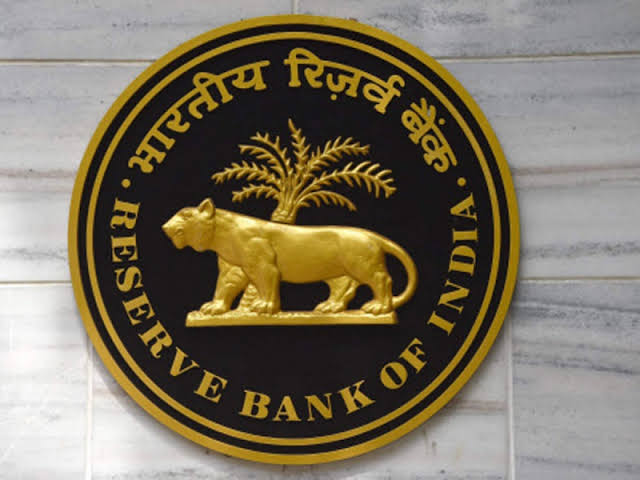The Reserve Bank of India (RBI) has recently released revised priority sector lending guidelines with a purpose to augment funding to various segments including start-ups and agriculture. The RBI’s revision in PSL guidelines will incentivize credit flow to specific segments like clean energy, weaker sections, health infrastructure, and credit deficient geographies.
Revised priority sector lending (PSL) guidelines
- Fresh categories eligible for finance under the priority sector are as follows:
- Bank finance of up to ₹50 crores to start-ups,
- Loans to farmers both for installation of solar power plants for solarisation of grid-connected agriculture pumps
- Loans for setting up compressed biogas (CBG) plants
- More credit flow to districts with lower PSL
- RBI has decided to rank districts on the basis of per capita credit flow to the priority sector and build an incentive framework for districts with a lower flow of credit and a disincentive framework for districts with a higher flow of priority sector credit.
- Accordingly, from FY 2021-22 onwards, a higher weight (125 percent) would be assigned to the incremental priority sector credit in the identified districts where the per capita PSL is less than Rs 6,000.
- On the other hand, lower weight (90 percent) would be assigned for incremental priority sector credit in the identified districts where the per capita PSL is more than Rs 25,000.
- As many as 184 districts with low per capita PSL credit flow will benefit from the RBI move.
- A higher credit flow to the rural sector is expected to boost rural spending at a time when GDP growth has contracted by 23.9 per cent in the June quarter.
- Increment in the targets prescribed for small and marginal farmers, and weaker sections
- The applicable target for lending to the non-corporate farmers for FY 2020-21 will be 12.14 per cent of the adjusted net bank credit or Credit Equivalent of Off-Balance Sheet Exposures (CEOBE) whichever is higher.
- All efforts should be made by banks to reach the level of 13.5 per cent of Adjusted Net Bank Credit (ANBC) (erstwhile target for direct lending to the agriculture sector)
- Also, a higher credit limit has been specified for farmers producers organisations (FPOs) and farmers producers companies (FPCs) undertaking farming with assured marketing of their produce at a pre-determined price.
- Loans for these activities will be subject to an aggregate limit of Rs 2 crore per borrowing entity.
- Doubling the loan limits for renewable energy:
- The loan limits for renewable energy have been doubled. Commercial banks have also been instructed to adhere to the revised guidelines.
- The bank loans up to a limit of Rs 30 crore to borrowers for purposes like solar-based and biomass-based power generators, windmills, micro-hydel plants, and non-conventional energy-based public utilities – such as street lighting systems and remote village electrification — will be eligible for priority sector classification.
- Also, for individual households, the loan limit will be Rs 10 lakh per borrower.
- Health infrastructure:
- The RBI has doubled the credit limit for improvement of health infrastructure, including those under Ayushman Bharat.
- Bank loans up to a limit of Rs 5 crore per borrower for
- Setting up schools,
- Drinking water facilities, and
- Sanitation facilities including the construction and refurbishment of household toilets and water improvements at household level; and
- Also, up to a limit of Rs 10 crore per borrower for building healthcare facilities including under ‘Ayushman Bharat’ in Tier II to Tier VI centres, have been allowed.
Background
PSL was introduced with an objective to ensure access to credit, adequate flow of credit to employment intensive sectors like agriculture and MSME, especially for vulnerable sections of society. Priority Sector Lending Certificates (PSL-Cs) were introduced in 2016 to support comparative advantage of different banks in their respective areas of specialization.





